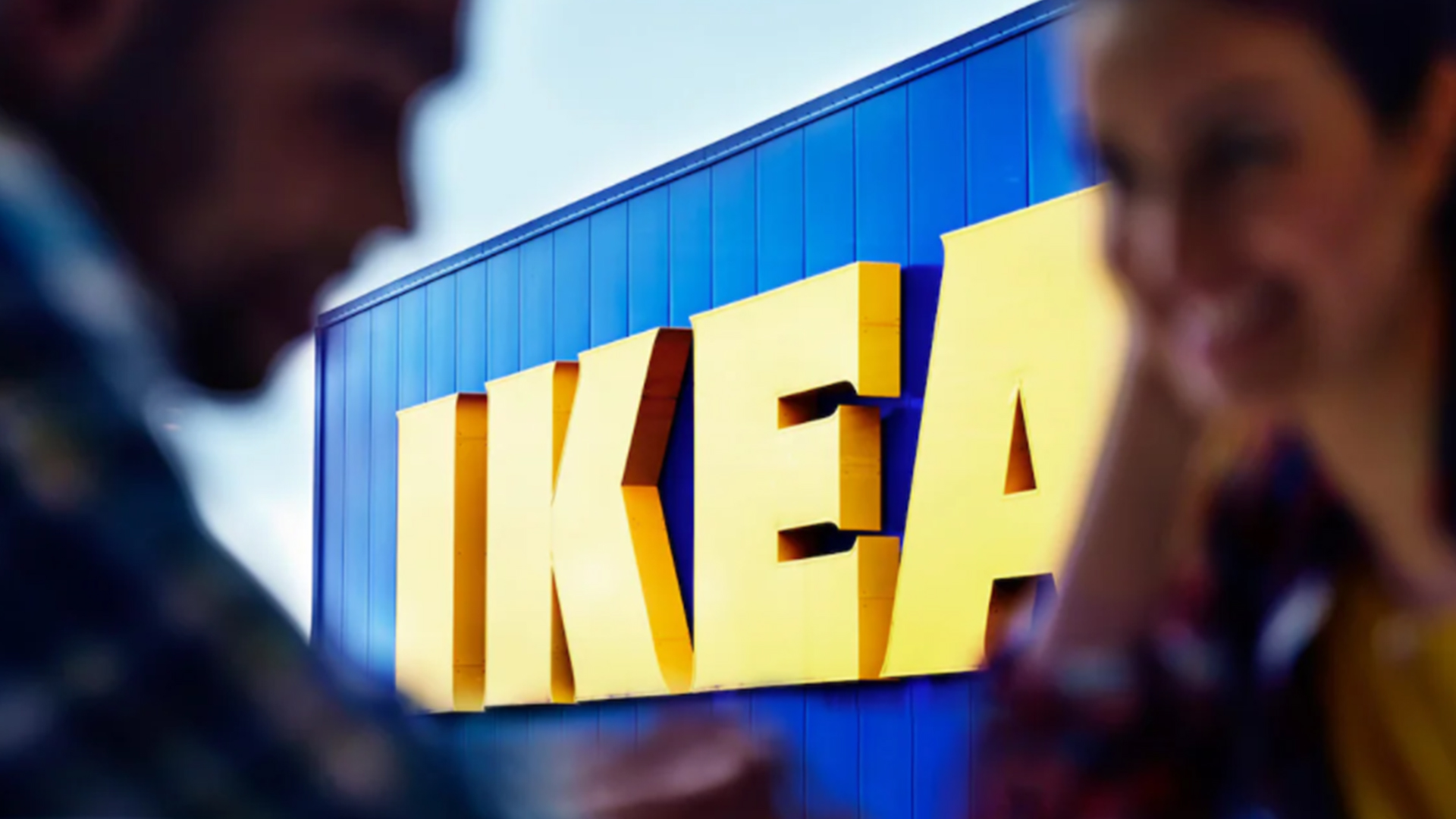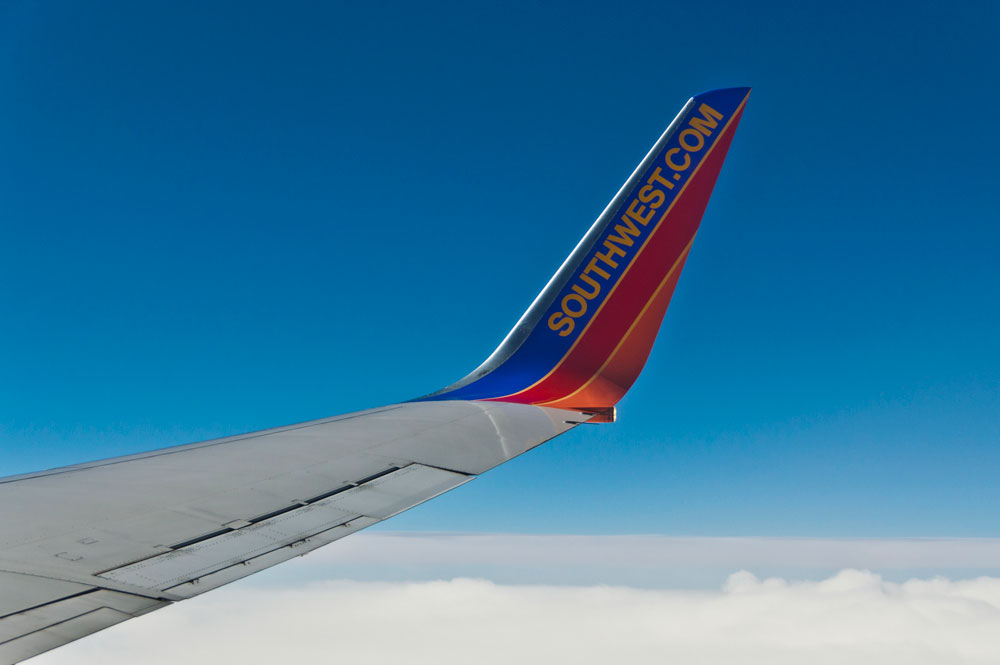Why brands "obsessed with their customers" are winning
Delivering on brand promises is how to win customer loyalty.
Imagine arriving at the airport, skipping the queue to check in, being greeted warmly, and being given a free upgrade. Painlessly passing through security, boarding the plane before everyone else, a welcome drink waiting. Having an amazingly smooth flight, arriving at your destination early, and gliding through immigration – to find your suitcase has been lost. A representative from the airline chooses this moment to ask you to rate your satisfaction with the experience and you score it a zero.
Now, imagine entering a boardroom to present your company’s Net Promoter Score (NPS) alongside other customer satisfaction research. You stand up to share the figures, and this year’s score is unchanged from last year’s. You don’t have the information required to go from monitoring to management, you can’t connect the data to anything that happened in real life, and you can’t demonstrate ROI of any of your decisions to justify more investment.
Two very relatable scenarios that both point to the importance of three things: Experience measurement is a means to an end, not an end unto itself. Perceptions or ratings in isolation, at a single point in time, do not always reflect the truth. Isolating the actual, real-world impact that different distinct moments or touchpoints have can inform decisions and demonstrate ROI.
For another point of view, read how brands creating a strong identity are also winning, and our best rebrands by decade series.
Why does it matter?
We know that brand is a powerful lever for transformation, growth and culture, but it’s powerless until it ‘shows up.’ How your brand is experienced is what wins you hearts, minds and loyalty. Through experience, brand shifts from an idea to a way for you to meaningfully connect with the world.
You have to go beyond your promise to deliver a strong, positive, and memorable experience. Stand-out experiences put audiences front and centre. They anticipate their needs. They deliver on and surpass their expectations in the moment. They turn a situation (like a lost piece of luggage) into a moment of connection (by offering a drink in a nice environment while they look into it and provide text updates and key essentials) so your experience is improved until a full resolution can be delivered.
Driven by macro dynamics and technology, those needs and expectations have become increasingly critical. Business and consumer customers employ a more discerning mindset in their spending choices. A heightened sense of value-seeking drives preference, not for the least expensive option but for brands that consistently deliver on their promises.
While where and why you show up are ever-evolving, the underlying principle of how remains the same.
Brands that deliver on their promise are winning, not just good feelings and intangibles, but in real commercial terms. Our World’s Simplest Brands Tenth Edition (WSBX) study surveys more than 15,000 respondents in nine countries and demonstrates that 64% of consumers are willing to pay more for simpler experiences. Globally, 25 industries and more than 800 brands were rated on their perceived simplicity. 78% are more likely to recommend a brand because it provides simpler experiences and communications. For WSBX, the study also explored the customer journey touchpoints within specific industries to better understand which aspects of the consumer journey are perceived to be simplest or most complex.
We don’t invent brands; we find them – more archaeology than alchemy. We believe that inherent in every brand or company is something extraordinary and unique, a truth, worth uncovering.
The second part of uncovering that promise is ensuring it’s delivered. If discovering what makes your brand compelling to your customers opens up the conversation, then delivering that competitive edge loud, proud and consistently across your customer’s journey can close it.

Take IKEA or John Lewis. Just saying the brand name is likely to bring your interactions with them to the forefront of your mind. These are hyper-empathetic businesses, obsessed with their customers, employees and partners. They are dedicated to consistently improving what and how they deliver for them and, as a result, have remained undeniably relevant as the world continues to change around them. They deliver their promise and purpose through real-world and virtual experiences in relevant and meaningful ways, making them beloved brands, category leaders and growth engines. IKEA, for example, has pioneered different ways to utilise AR – from in-store shopping to seeing furniture in your home before you buy. Leading technology not for technology’s sake but because they recognised new tools to solve the challenges and of their stakeholders in a way that is true for them. By adopting this customer-first, brand-centric approach, they can find, define and shape Moments of Truth.
Finding moments of truth
Although they remain some of the most common languages of customer loyalty, NPS, Retention Rates and Lifetime Value Measurement (LVM) do not tell us how to influence loyalty. The focus on measurement has actually come at the expense of understanding.
Metrics like NPS can be helpful as an overall summary, but if your goal is to improve it – it needs some help.
For example, following the customer journey through tools such as surveys, interviews, and/or ride-a-longs can become the foundation, then feeding this into a specialist model, we are able to not only derive the importance of each touchpoint (independent of both incidence and other touchpoints) to the NPS score but also to understand where the opportunities are to improve it.
By comparing Importance and Incidence, you can simplify a complex mesh of brand activity down to the prominent and important moments, providing a foundation for building and amplifying compelling brand signatures. Plus, you reveal the important moments that are not common and those closest aligned with your brand promise, representing opportunities for investment. By identifying and simplifying where your brand is working hardest and loyalty is being created, you can build an improved experience and focus your efforts.
From there, you can diagnose each touchpoint’s performance through the lens of experience design. How simple or complex are we making it for the customer? How well is the moment achieving its intended purpose? To what extent is the moment positively impacting perceptions of the brand?
Your promise, delivered

Back to the airport. We know a little bit about smooth flights. When Southwest Airlines, the US’ largest domestic carrier, approached us following a sizeable acquisition, they did so mindful that the thrill and luxury once associated with flying had been replaced by complexity and anxiety. A problem, especially when a key strategic pillar for the business was to extend their audience to target the more critical business traveller.
Following a forensic audit of Southwest’s end-to-end customer journeys, segmented by profile and value tier, we revealed that following years of acquisition and disconnected innovation, there was little to no consistency in the experience put in front of fliers. There were over 30 different expressions of the brand identity across various channels. Fliers left to their own devices began to incorrectly assume and apply value to each of these identities. In doing so they were setting their own expectations, that Southwest was not aware of, in control of, and thus not able to deliver on. In other words, the consistencies were more than complex, they were setting Southwest up for failure.
Using our proprietary research methodology, we analysed 80 individual touchpoints to determine specific attributes that contributed to NPS amongst each customer segment. This analysis was cross-referenced with the incidence of each touchpoint–put plainly, how many times the brand was being served up to each segment at that given point of the journey.
Interestingly, the most important moments for customers were all pre-departure. While Southwest was great in the skies, the experiences that provided the most value were the ones that soothed anxieties prior to take off.
Building from the study, we generated 97 persona-based experience recommendations, stretching from the ability to change your flight in the app to an app-based in-flight entertainment to a small sign that desk agents could put out to indicate some upgrades hadn’t yet been sold. Many of these experiences have become hallmarks and profitable for Southwest beyond expectations.
So, what next?
The case for investing in your brand’s experience to deliver your promise is a strong one. From a cohesive brand’s ability to garner and safeguard preference and loyalty to realising growth benefits such as driving elevated LTV, the ability to deliver on brand with accuracy and impact really counts.
To do that, marketeers need to consider that, NPS (and other traditional metrics) are not always the best tool for understanding what it is about your customers’ experience that drives loyalty. Identifying Moments of Truth is vital to increasing your ROI and competing in a crowded marketplace. Simplicity is a governing principle for distilling your brand’s promise to the moments that matter and amplifying those moments back to your customers.
Ironically, it’s hard for brand owners to talk about brand, let alone sell it in the board room. How do you make something you can neither see nor hear resonate in commercial decision-making?
Want more brand advice? See expert advice to picking a strong product name.

Thank you for reading 5 articles this month* Join now for unlimited access
Enjoy your first month for just £1 / $1 / €1
*Read 5 free articles per month without a subscription

Join now for unlimited access
Try first month for just £1 / $1 / €1
Get the Creative Bloq Newsletter
Daily design news, reviews, how-tos and more, as picked by the editors.
About Ben Osborne
A brand and communications research specialist for over 15 years, Ben gives clients the confidence, insight and vision to influence their business and help build compelling brands. Ben has worked with: Activision, BBC Worldwide, McLaren, and British Airways. He is an expert in quantitative, qualitative and integrated research + making complex information tangible and intuitive.
About Siegel+Gale
Siegel+Gale was founded with a clear point of view: that simple is smart. In 1969, branding pioneer Alan Siegel, frustrated by the complexity of communications across industries, set out to help organizations create simpler experiences. Experiences that better serve their audiences—and their bottom line. From designing the iconic NBA logo to changing how Americans pay taxes with the 1040EZ, we’ve been champions of simplicity ever since. Every day, we partner with the world’s leading corporations, nonprofits and government organizations to build brand experiences that are remarkably clear and unexpectedly fresh. In other words, simple. Because brands that embrace simplicity forge deeper relationships with their customers and employees—and unleash powerful business results.
